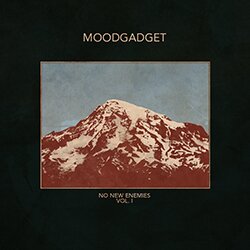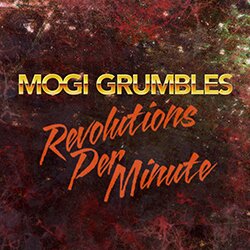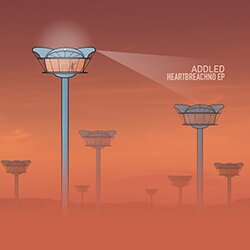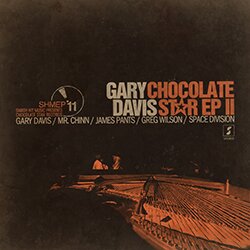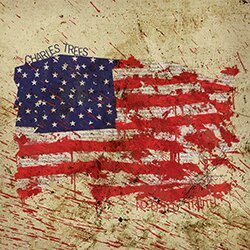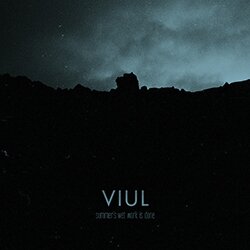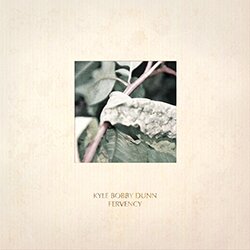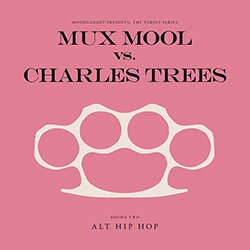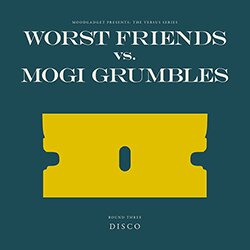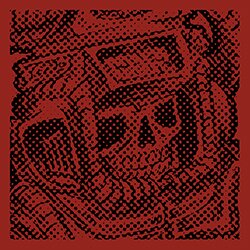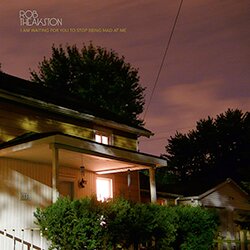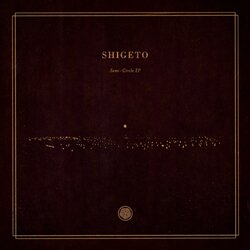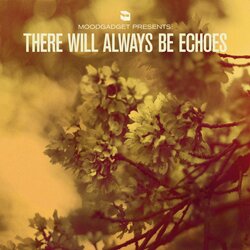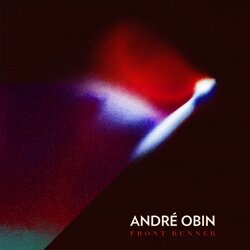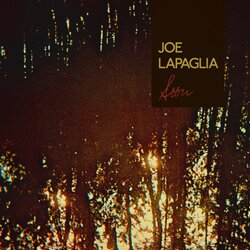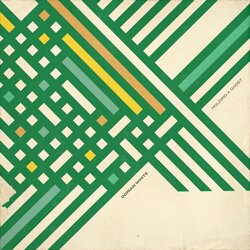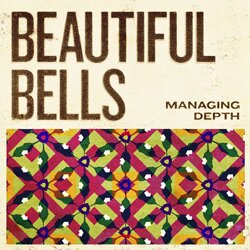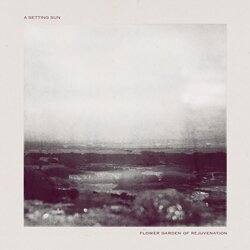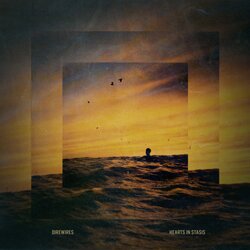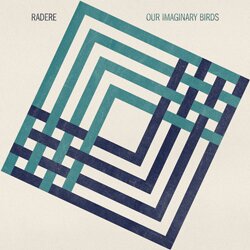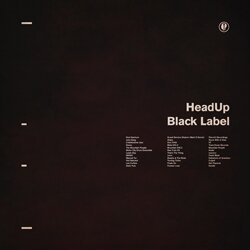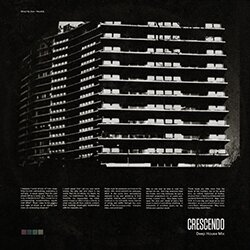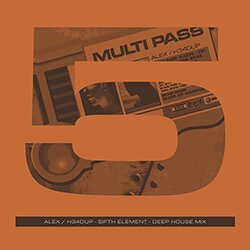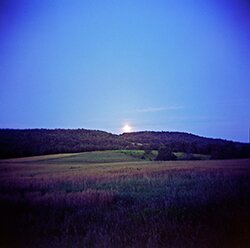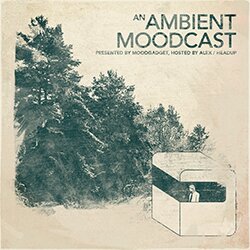Parsons – Mini-Thesis: Genre Survey
Take the !
Download a .pdf of the full report here.
Overview
GenreSurvey is the first phase of the GenreCodex project, an effort to create a living map to chart the evolution of electronic music. GenreSurvey presents users with a simple, intuitive, and entertaining way to contribute to the project’s efforts by collecting crowd-sourced data, genre tags, to be specific, for a randomly-loaded track of electronic music, selected from a stratified palette of genres.
GenreCodex is the culmination of years of inspiration, seasons of planning, months of iteration and hours of development. GenreSurvey is the first phase of the planned thesis project; however, its function extends beyond the scope of a website simply floating around the internet.
There are 5 primary objectives associated with GenreSurvey:
- Research the landscape of music mapping projects
- Begin to develop a cohesive brand identity to take form in future phases
- Observe crowd-sourcing with regard to music categorization
- Act as an exercise in web development using HTML5, jQuery, and PHP
- Serve as a segue into planned coursework for following semester

Precedence
As it happens, GenreCodex is not the first attempt at mapping the musical landscape of a particular type of music, including electronic music. Research done as part of this project has shown thus far, however, that if successful, the GenreCodex project will be the only living model of it’s type. By using the term “living model,” it is implied that other projects examined during the research phase are static builds, requiring the author not only to maintain the site by hand, but also to stay abreast of the growing, changing, relentlessly subjective landscape of music. There are two primary examples of precedence for the high-level concept of the thesis project, which are examined in-detail in the report– Ishkur’s Guide and Map of Metal. This mini-thesis project, GenreSurvey, grew from that precedence, along with primary ideas explored earlier in the semester from William S. Burroughs and Aaron Koblin, explored further in the report. A third form of precendence for the brand concept is also presented briefly.
Production
The first phase of production involved the creation of a mockup for GenreSurvey, based on sketches and wireframes referenced in the Interactive Genre Codex sketchbook (see above), created to track sketch and note-level documentation of the project from start to finish.
Early renderings of a brand identity for GenreSurvey preceded the second-iteration all-inclusive branding for GenreCodex (of which GenreSurvey became a sub-component), and featured a low-contrast grey color palette, a condensed Alternate Gothic logotype, and an “eye dropper” logo that incorporated Parsons School Colors. Following a studio crit session, the logo and logotype were iterated upon, and expanded to incorporate brand concepts for the entire GenreCodex project. Selection of the name GenreCodex for the project was inspired significantly by Professor Stuart Cudlitz’s interpretation of the project’s purpose.

Development of GenreSurvey took place over the course of a couple weeks, with an updated mockup reflecting the final aesthetic of the planned site– displaying the logo, simple instructions for entering the genre tags and a lightweight audio player. The website was built using HTML5, with an HTML5-compliant, backwards-compatible jQuery audio player, and a tag field connected to a PHP database. The database contains three tables with the following fields:
- Tracks: a unique track id, artist, title, filename and time of upload
- Tags: another unique id for the tags, and a field for the individual comma-separated genre tags to be supplied by users
- Track_Tags: a table to moderate between the two others, essentially connecting each track to the tags entered for it
One challenge that was deftly evaded with a stroke of luck was the entry of references to the filename for each track into the JavaScript controlling the music player. Randomly selecting a track from the pool of music uploaded is relatively easy, but it looked almost like a game-killer when considering that the jQuery player required both .mp3 and .ogg versions of audio files in order to function properly in browsers like Firefox. However, with the addition of to the calls for these two files into the JavaScript, the random track selection was working across browsers and tracking the genre tag data entered for both versions of the same track correctly. Hosted as of the date of submission of this report on H/34 at:
GenreSurvey is planned for a move to the GenreCodex domain at:
http://www.genrecodex.com/survey
The above link may not work until the move; however, GenreCodex is currently online with an placeholder information page at:
http://www.genrecodex.com
The GenreCodex domain name was purchased mere days before the submission of this report, due to prior experiences with domain names becoming unavailable with continued procrastination. The concept of GenreCodex, and the purchase of its domain name does not necessarily confirm that the project has been approved as a final thesis project.
Future Directions
GenreSurvey’s purpose is to illustrate the nature of subjective crowd-sourcing with regard to music categorization. As the data collected from GenreSurvey is collected and synthesized for track selections numbering 40 initially, and doubling to 80 over the following semester, data visualizations will be made that assess the validity of the data, when compared with non-conscious measures of music listening behavior such as the scrobbling behavior of Last.fm, or the algorithm that provides music recommendations for Pandora, otherwise known as the Music Genome Project. While it is already becoming apparent following preliminary user tests of the site in-studio that there is little actionable insight regarding a specific track’s true genre categorization (eg., reported genre tags input for an ambient dub techno track included, “dream rave,” and “hot bass,” interesting findings in their own right, but hardly accurate in light of the generally-accepted categorizations of Last.fm, Wikipedia, Pitchfork, and the like), it does serve to reinforce the contention that GenreCodex should collect its data using aforementioned objective sources.
If you are at all interested in helping, questioning, or otherwise influencing my efforts (aside from participating in GenreSurvey), please feel free to leave a comment or shoot an email to info at genrecodex dot com or h34dup dot com, either works. GenreCodex Twitter coming soon as well!
Posted in Branding & Packaging and Music and Parsons Posted by Alex on Dec 24 2010 12:32 am
Trackback URL

